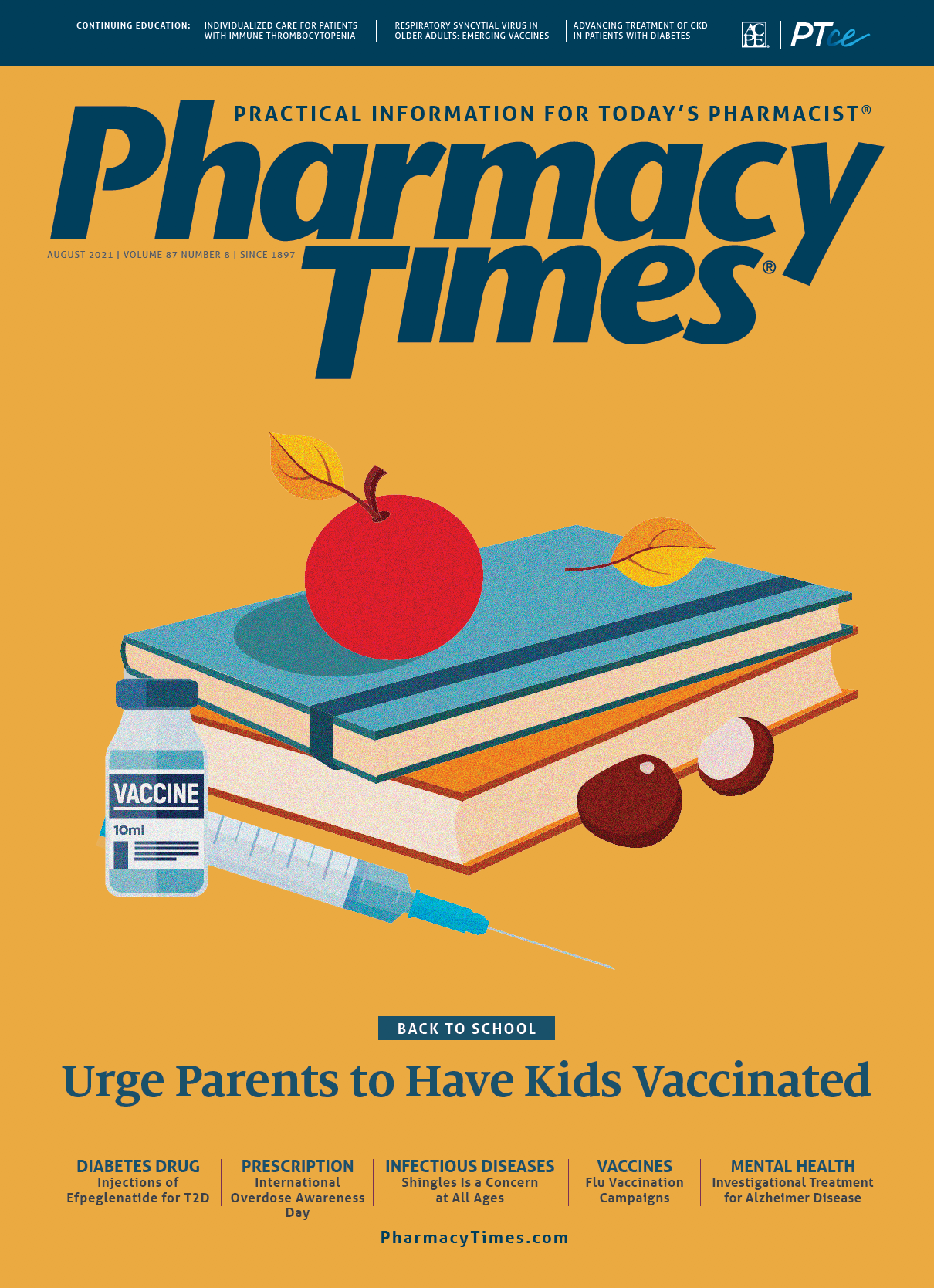Publication
Article
Pharmacy Times
Education, Training Are Essential for Successful Flu Vaccination Campaigns
Author(s):
Experts anticipate a return to high influenza rates as COVID-19 prevention measures decline.
As medical professionals prepare for the first flu season following the COVID-19 pandemic, educating patients about the importance of vaccination and training pharmacy technicians about effective communication are essential to the mass vaccination campaign starting in the fall.
Two recent Pharmacy Times The Perfect Consult videos explored the roles that pharmacists and technicians play in flu vaccination campaigns.
Pharmacists are ideally positioned to educate patients about the impact of influenza on public health and the need for flu vaccinations.
The flu causes up to 45 million illnesses, 810,000 hospitalizations, and 61,000 deaths annually, according to data from the CDC.1
Although the figures were significantly lower in the 2020-2021 season because of protection measures taken during the COVID-19 pandemic, vaccination ahead of the 2021-2022 season is no less important.
In addition to the impact on public health in general, influenza poses significant risks for individuals with comorbidities or who are older. For example, approximately 80% of annual flu-related deaths occur among older adults, and individuals with diabetes account for approximately 30% of adult flu-related hospitalizations.2
Pharmacy staff members have myriad opportunities to encourage flu vaccinations when speaking with patients. For example, when dispensing medications for diabetes or other comorbidities, pharmacists can ask whether patients have received flu vaccinations. Automated systems may also inform staff members if patients have not yet received their vaccinations.
Some patients may think the COVID-19 vaccine protects them from the flu. It is important to point out that although the number of flu cases in 2020 was significantly lower than usual, this was most likely due to hand-washing, mask wearing, and social distancing. In addition, pharmacists should point out that flu shots are strongly recommended every year, especially for older adults with chronic health conditions.
Furthermore, the results of a recent study show that the influenza vaccine may lower patients’ odds of testing positive for COVID-19 as well as reduce the burden of disease in patients who have received a virus diagnosis.3 The population at higher risk of flu-related complications is also at the greatest risk of COVID-19, so increasing vaccinations in this group is paramount.
In addition to educating patients about the necessity of flu vaccinations, training technicians on how to have these conversations is essential to the success of an immunization program. Encouraging flu vaccinations while patients are receiving their COVID-19 vaccinations or booster shots can be a convenient way to have these conversations.
As pharmacy offerings have increased, technicians have stepped up to support these new services, including immunizations. They are frequently the first point of contact at the pharmacy, giving them opportunities to engage with patients, identify potential immunization services, and initiate the process for the patient to consult with a pharmacist or receive a vaccination. Collaboration among pharmacy staff members can have a significant impact on immunization rates and disease prevention.
When speaking with patients at the pharmacy counter, technicians can explain that flu vaccinations are especially important as COVID-19 safety precautions decline. Experts expect flu rates to rise as mask and social distancing regulations end, so vaccination is especially important ahead of the 2021-2022 flu season.
Sharing reliable information from the CDC and other sources can also help educate patients about the importance of flu vaccinations. Technicians can also recommend that patients speak with a pharmacist if they have more clinical questions about the flu vaccine, and these consults can occur while patients are picking up prescriptions to ensure a convenient, quick option.
Allowing technicians to drive immunization efforts and engage with patients also positively affects the business needs of the pharmacy. However, to do this, technicians must have the education and training to empower them for these situations.
Because pharmacists are managing multiple activities and responsibilities, using the skills of technicians can be incredibly beneficial. Not all patients coming into a pharmacy need to speak with a pharmacist, so technicians can be a valuable resource, especially at the point of sale.
REFERENCES
1. Disease burden of influenza. CDC. Updated June 11, 2021. Accessed July 1, 2021. https://www.cdc.gov/flu/about/burden/index.html?web=1&wdLOR=c7CA524C8-7BB4-DF4F-A7BC-5B5594B6310C
2. Your older adult patients are at risk. Flu Defense. Accessed July 1, 2021. https://www.influenza-defense.org/your-older-adultpatients-are-at-risk/
3. Conlon A, Ashur C, Washer L, Eagle KA, Hofmann Bowman MA. Impact of the influenza vaccine on COVID-19 infection rates and severity. Am J Infect Control. 2021;49(6):694-700. doi.org/10.1016/j.ajic.2021.02.012






